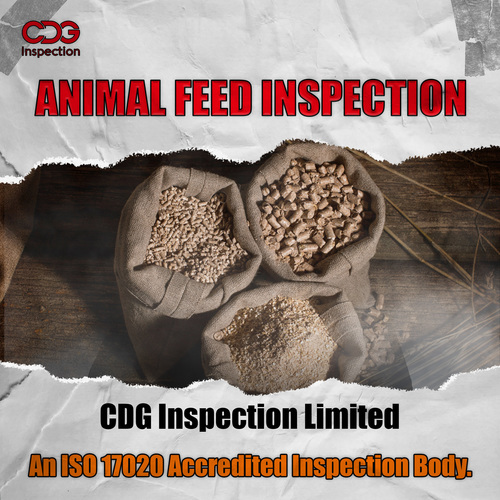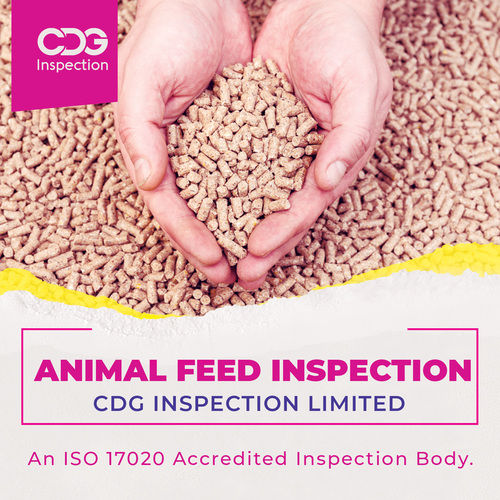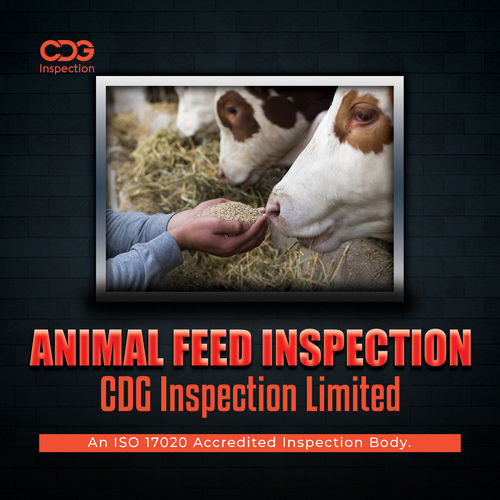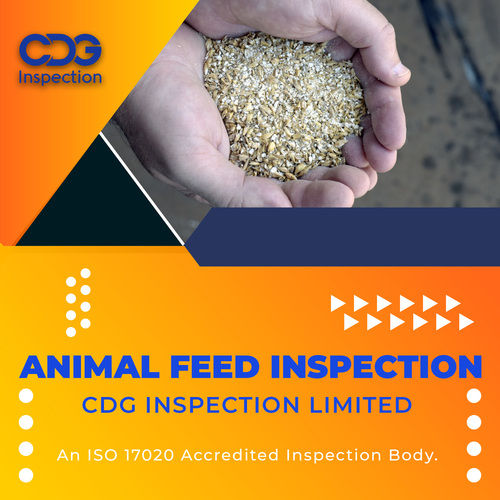Animal Feed Inspection Services in Noida
Product Details:
X
Product Description
CIL Provides Accredited Animal Feed Inspection Services in Noida, Uttar Pradesh, India.Feed quality control programs must blend these tools todeliver feeds that consistently contain the formulated nutrients in anavailable form and contain minimal levels of toxic substances. The AmericanFeed Industry Assn (AFIA) has defined feed quality control programs as, Allactions directed towards ensuring the product meets the specificationsestablished by the manufacturer. Andrews (1991b) has described feed quality controlprograms as, A system for making sure that proper standards are maintainedthrough use of periodic inspections. Any good feed quality control programcontains four components, Ingredient quality, Process control, Finished feedquality, and Control of toxic substances, including pathogenic micro organisms.Since actual quality control policies and procedures must be adapted to theneeds of each facility, this article will focus on the basics of feed quality controlprograms rather than on specifics in the hope that the discussion will stimulatethinking and innovation in the field of feed quality control. Ingredientquality, Since many of the major feed ingredients are by products from otherindustries, feed manufacturers often find themselves in an underdog sort ofposition in respect to ingredients and ingredient quality. Consequently, feedmanufacturers many times find themselves in the position of trying to makesomething good out of someone else dregs. Ingredients can account for 70 to 90 percentof the cost of producing feeds (Jones, 1989). Furthermore, as feed mills getlarger, the percentage of the total cost accounted for by ingredients will tendto rise. Not only does it make good economic sense to pay attention toingredient quality, but a large portion of the variation in the nutrientcontent of finished feeds can be traced to ingredients. In fact, one poultrycompany was able to associate ingredients with 40 to 70 percent of thevariation in nutrient content of the finished feeds (Jones, 1989). Nutrientcontent variations violate the primary objective of feed manufacturing and costin terms of performance. What is quality, Quality has been defined by variousindividuals as fitness for use or meeting an expectation or degree ofexcellence or conforming to a standard. Although near infraredspectrophotometry (NIRS) is used by a significant number of manufacturers torapidly determine the moisture, fat, protein and fiber content of an ingredientsample, many feed manufacturers do not analyze ingredients prior to use. Hence,most manufacturers operate on supplier histories. Therefore, predictability isimportant with respect to feed ingredients and it must be concluded that high qualityingredients are predictable and constant in quality. Said another way, high qualityingredients meet expectations not just some of the time, but most of the time. Itshould be obvious from the preceding discussion that the first priority in theproduction of quality feed is to understand and define ingredient quality inspecific terms. This means that ingredients must be described in two ways.First, they must be described in terms of analytical values and second, theymust be described in terms of physical and or sensory characteristics. Thefirst depiction describes ingredients in terms that analytical chemistsunderstand, while the second describes ingredients so that the unloading ormill personnel can make decisions about ingredient quality. AFIA publishes abook titled Feed Ingredient Guides II that describes the colour, odour, textureand test weight of feed ingredients. It might also be wise to provide theperson receiving ingredients with a set of reference samples that includeexamples of both desirable ingredients and undesirable ingredients.Ingredient qualityprograms that stop with physical or sensory definitions of quality generally donot consistently obtain quality ingredients. More objective means ofdetermining quality must be used as the ultimate judgement of ingredientquality. This objective determination is, obviously laboratory testing andanalysis. While method description is not the objective of this article, it isimportant to be reasonably certain that laboratory results are reliable.
Tell us about your requirement

Price:
Quantity
Select Unit
- 50
- 100
- 200
- 250
- 500
- 1000+
Additional detail
Mobile number
Email








